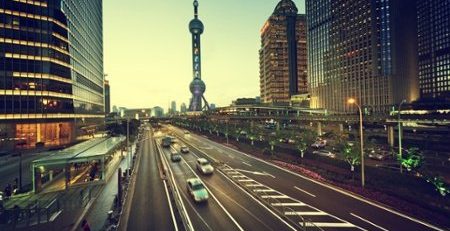A new report from CCC Information Services Inc. (CCC) examines a number of trends affecting the auto collision industry, as well as some aspects of property and casualty insurance.
Technology continues to be a huge change driver for consumers, insurers, repairers and the auto industry in general. Whether it is changing how these players communicate, their expectations, repair costs or the vehicles themselves, its impact is wide ranging, according to the 2017 Crash Course report.
Consumers are a driving force on several fronts — how they use technology affects their expectations of insurers and other vendors they interact with on a daily basis. Where they choose to live and work, and how they commute between those two locales is changing as residents seek more urban areas. Growth in urban areas is surpassing suburban areas, but almost 50 percent of Americans still live in the suburbs.
Related: Top 7 insurance industry concerns for 2017
As the population in these areas increases, so do the number of drivers on the roads. Rural and urban interstates are seeing the most traffic growth. More drivers traveling at higher rates of speed also means more fatalities. According to the Highway Loss Data Institute, there is a direct correlation between raising the posted speed limit and an upsurge in the number of fatalities on these roads – each five miles per hour increases the number of fatalities by eight percent.
Finding an alternative mode of transportation may not always decrease traffic congestion, but a worker’s age may determine what solutions are considered. Millennials are more inclined to consider ride-hailing services, mass transit or even walking or biking to work. Services like Uber or Lyft are more likely to be used by those aged 18-29 compared to consumers 65 or older.
The report identifies a number of other factors that are changing the auto, insurance and repair industries. Here is a look at 10 of the major drivers.

(Photo: iStock)
1. Younger, more diverse and digitally connected consumers
Individuals from foreign countries accounted for 55 percent of the overall growth of the U.S. population from 1965 to 2015, according to the Pew Research Center. This resulted in the population increasing from 193 million in 1965 to 324 million in 2015. Pew estimates that 51 percent of the immigrants arrived from Latin America, and one-third from Asia.
For insurers, this influx means more possible policyholders who may have different views on insurance, require some education on their risks, and want to engage through different sales and service channels.
The fact that almost 60 percent of Hispanics are millennials means they have unique expectations as consumers compared to other groups.
With millennials now comprising the largest generation of the general population, insurers will find they are more independent in a number of areas than baby boomers or Gen Xers. A study by Novarica identified millennials as researching items before purchasing them, frequently buying online, and preferring digital channels due to their speed, flexibility and ease of use. Social media and chat options also matter to millennials, while the telephone is still the preferred method of communication for older policyholders.

(Photo: iStock)
2. Insurance, technology and claims filing
The use of digital channels also crosses over for millennials into the claims space. The Accenture Claims Customer Survey 2014 confirmed their preference for using these channels during the claims process, with millennials stating that they would switch to another carrier if theirs did not provide this option.
Millennials also value advice and assistance during the purchase process for insurance. Accenture found that 80 percent of their survey respondents thought this was so important that they would consider switching insurers within the following year if their insurer did not offer any type of guidance. They are also willing to pay for this type of service.
Using Internet of Things (IoT) devices to provide a more personalized service experience was also valued by those in the Accenture survey — 71 percent said they would be interested in having their claims submitted automatically by either their vehicle following an accident or by their connected home if there was some type of property damage.
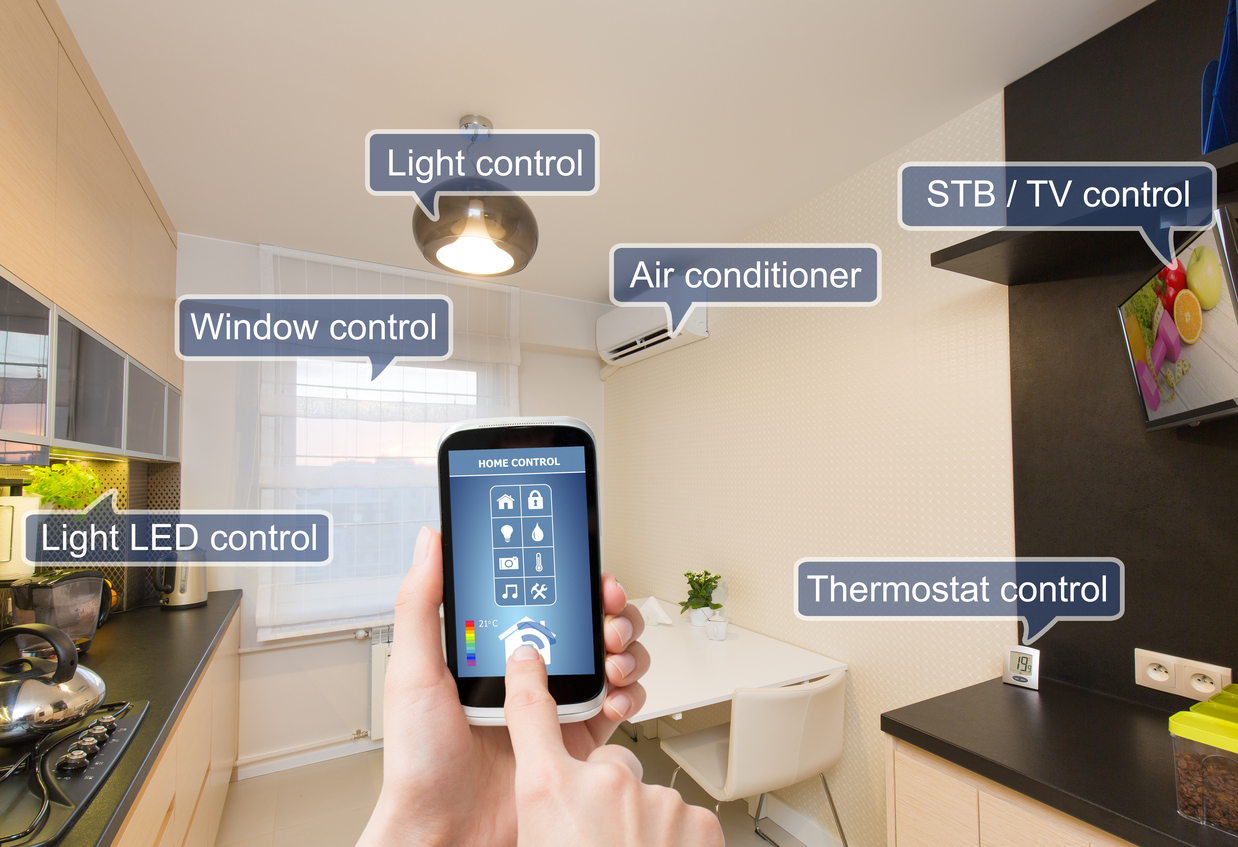
(Photo: iStock)
3. It’s all connected
The advent of connected devices like Amazon’s Echo, Alexa and echodot; a range of appliances like video doorbells, thermostats, smoke and carbon monoxide detectors, smart lights, video cameras, cell phones and even children’s toys provides new ways for consumers to connect and share information (either on purpose or inadvertently).
Insurers and other businesses are using information from IoT devices to personalize pricing and identify risks unique to a policyholder. Who owns the information and how it can be used is still being determined, particularly when it comes to protecting data privacy. Many of these household items are also vulnerable to hacking since they do not require any type of security.

(Photo: iStock)
4. The rise of online purchasing creates actual road congestion
With more consumers having online access through their computers and mobile phones, the option to purchase a wide array of items from non-traditional retail channels is growing. The result is an increase in the amount of freight being moved by trucks and other transportation services. The U.S. Department of Transportation (DOT) predicts a 40 percent increase in the amount of freight being moved in the next 30 years, while the actual value of the shipments will increase by 92 percent.
Trucks continue to be the preferred method to move freight and the DOT projects a 44 percent increase in tonnage by 2045, with values increasing another 84 percent. Fleet traffic is also growing due to the number of goods being purchased online.
The growth in urban areas and increase in the number of vehicles — both private and commercial — on the road, increases the risks for all drivers. The Property Casualty Insurers Association of America found the population increasing in the 10 worst performing commercial auto loss ratio states.

(Photo: iStock)
5. New car sales
Vehicle sales in the U.S. continued to rise, reaching a new record in 2016 with 17.539 million in total sales. CCC says 60.7 percent of all vehicles sold in 2016 were light trucks and one-third were crossovers (an increase of 8.5 percent), while mid-size cars showed a drop of 12 percent and compact car sales fell 5.2 percent.
Government-mandated safety and emissions equipment increased the average cost of a new car by as much as $5,000. The increase in vehicle costs is also causing purchasers to spread out their payments over a longer period of time. The cost of a new vehicle was also a primary driver in the number of leased vehicles, which grew to 32 percent for the first six months of 2016.

(Photo: iStock)
6. Part costs on the rise too
The increase in the overall cost of a vehicle also impacted the price of replacement parts when it was involved in an accident. CCC says that “historically, replacement parts have accounted for about 40 percent of the total repair cost,” with labor, paint and other factors contributing to the balance.
Changes in technology (more complex lighting or cameras in bumpers) and the materials used in body panels is affecting replacement costs for newer cars. Vehicles that are seven years or older are less affected by increasing prices.
As new vehicle sales begin to plateau, manufacturers are planning to roll out approximately 48 new or redesigned models between 2016 and 2019, according to a report from Bank of America and Merrill Lynch.
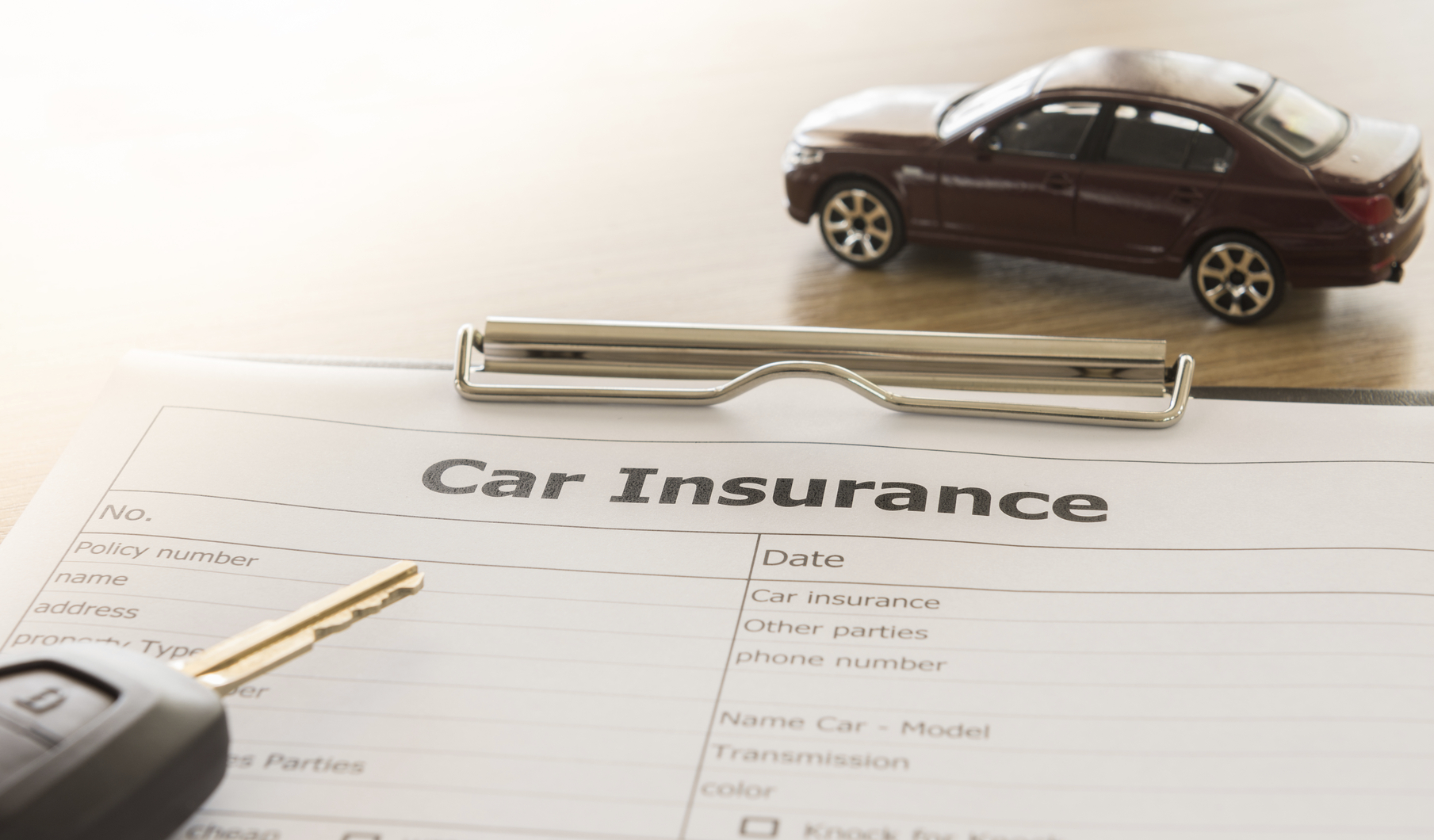
(Photo: iStock)
7. Auto claim impacts
Today’s vehicles last longer than ever before, and with more new cars and trucks on the road, fewer are being taken out of service each year. Add to this the forecast that the number of vehicles aged 16 years or older is expected to grow to 30 percent or 81 million vehicles by 2021 according to IHS Markit.
How does this affect auto insurance claims? CCC projects “the industry would see an increase in newer age vehicle claims where total loss frequency is lower, but repair costs are higher.” In addition, a larger number of older vehicles on the road could mean that more vehicles are totaled when involved in a collision, further driving up the costs associated with total loss claims.
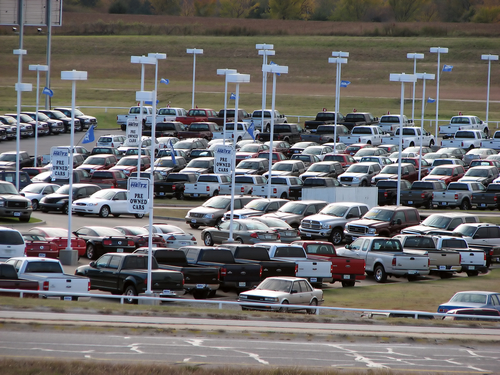
(Photo: Shutterstock)
8. Negative equity in vehicle sales
The number of individuals actually purchasing a new vehicle with a trade-in has dropped from 50 percent in 2012 to 45 percent in the first nine months of 2016, according to Edmunds.com, while trade-ins for used cars have grown four percent to 31 percent in 2016.
These trade-ins created negative equity for the purchasers and could be one of the reasons so many are taking on longer car loans. Experian Automotive found that “86.1 percent of new-vehicle buyers and 54.2 percent of used-vehicle buyers bought their vehicles with financing.” The average loan cost more than $30,000 for a new vehicle and $19,000 for a used one. Finance terms for both new and used cars frequently ran between 73-84 months, meaning most buyers will not be looking for a new car for six or more years.
A vehicle with negative equity involved in a total loss claim can be more difficult to settle since consumers may not understand the impact of depreciation on the value of their car. CCC says that “providing customers with information at policy renewal on the present value of their insured property could potentially help keep them better informed, and avoid difficult surprises if there was a total loss claim.”
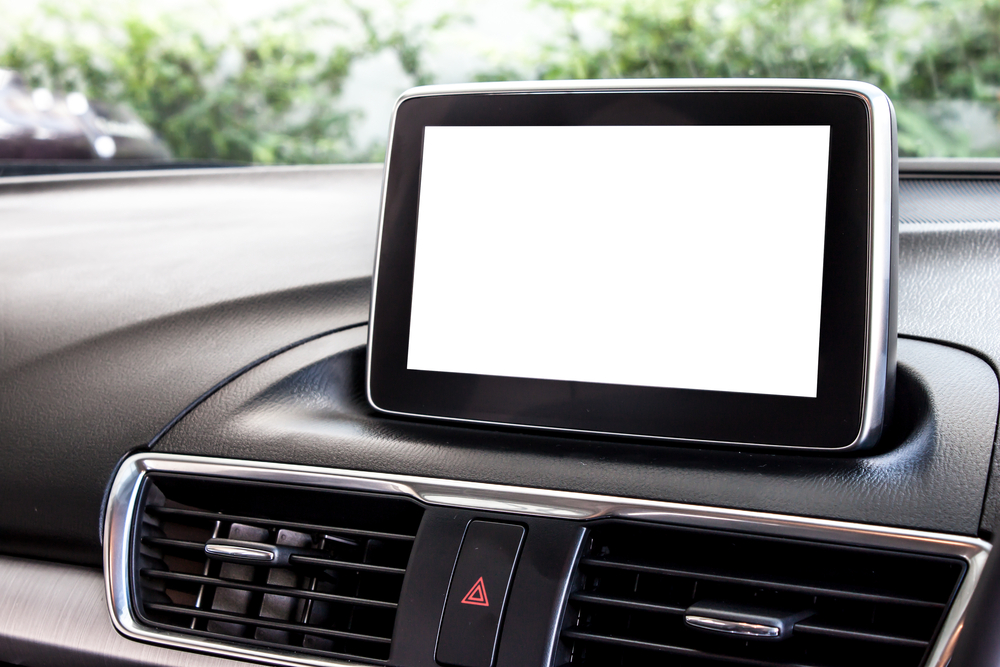
(Photo: Shutterstock)
9. Vehicles as an IoT device
Vehicle technology is rapidly changing — new safety features, autonomous or semi-autonomous options, smart phone connections and other IoT devices are allowing manufacturers and insurers to gather more information than ever about drivers and their habits. On a positive note, this can identify opportunities for new products and services. A McKinsey study “estimates that nearly $1.5 trillion in additional revenue could be generated from on-demand mobility and data-driven services by 2030…”
There is the expectation that autonomous vehicles will be able to communicate with each other at some point in the future, reducing the number and seriousness of accidents. Berg Insight estimates that the number vehicles equipped with OEM embedded telematics systems could increase from 12 percent in 2013, to 54.5 million units in 2020.
All of this auto technology means that vehicles will be more vulnerable to cyber attacks and manufacturers are being forced to rethink accessibility and security.
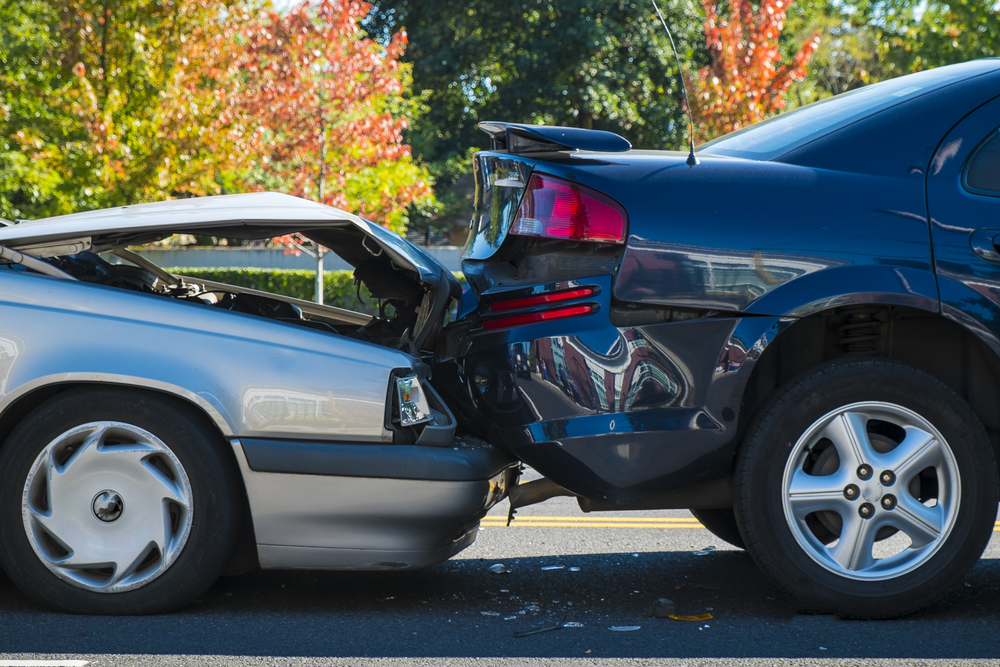
(Photo: Shutterstock)
10. Impacts for insurers
What does all of this mean for insurers? Several things:
- Consumers want more choices and personalization across their insurance experience.
- They also expect greater service using their mobile devices — insurance technology matters to them.
- Increased access to data means insurers need to learn how to work with different types of unstructured data and keep all of this information safe from hackers.
- More drivers on the road means increased claims, and newer vehicles means that they will cost more.
- Technology is causing more distracted driving, causing more, not fewer, accidents. Talking or texting while driving results in more cognitive distractions.
- There has been an increase in bodily and personal injury claims as more miles are driven and more cars travel on interstate highways.
- How consumers commute to work is changing. There are more riding their bikes, walking and using ride-hiring options. Fatalities have increased for bicyclists and pedestrians.
- The cost of vehicle repairs will continue to increase as vehicles become more technologically complex, the cost of OEM parts escalates, and repair tools continue to change. According to CCC, the average cost of a repair in 2016 was $2,861, up 3.8 percent from 2015.
- In the next 10 years, crash avoidance technology could reduce auto claims by 7 percent, and by 12 percent in 2034.
The impact of digital technology means that insurers must adapt more quickly than ever before. Their policyholders demand it and the amount of information now available can be a key differentiator in keeping insurers aware of new opportunities and risks in order to survive in today’s constantly changing environment.
Read more at http://www.propertycasualty360.com/2017/03/15/10-trends-impacting-the-insurance-industry?page_all=1











